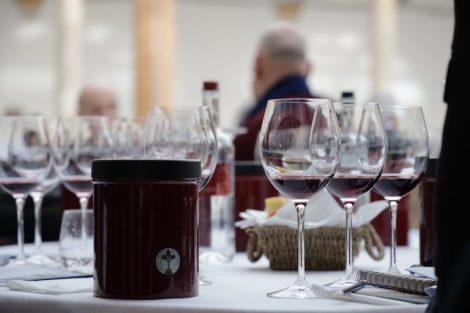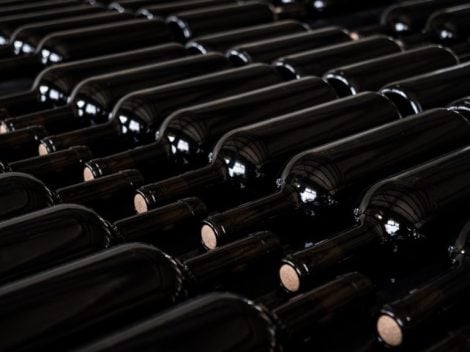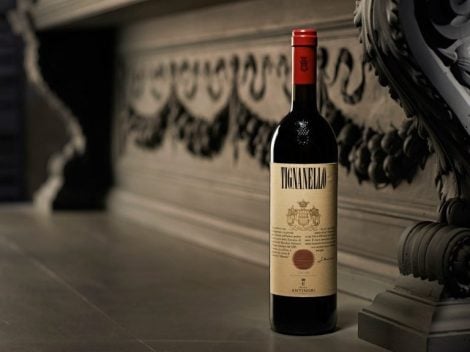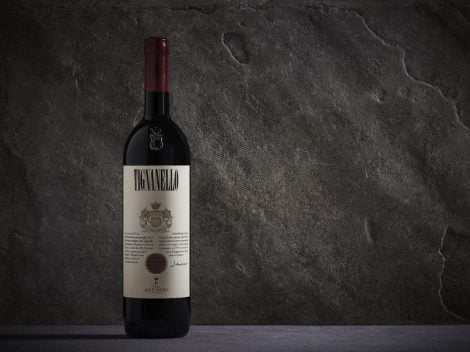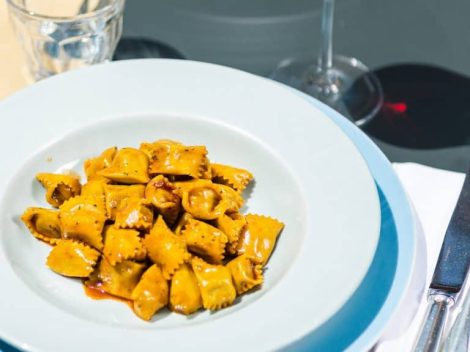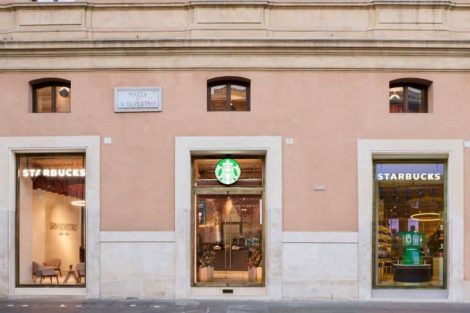Braide Alte
The Livon winery, celebrating its fiftieth anniversary with a specially designed label from the 2014 vintage, is one of those that has written the story of modern Italian wine. It’s no accident that it sells half of its top bottles abroad. The Braide Alte vineyard overlooks Slovenia. This is the village of Dolegnano, 600 inhabitants, in the last slice of Italian land before the border. From the attic of Casa Livon, at the top of the Ruttars hill, you can still see the two custom houses of the frontier. The European Union managed to get rid of those after many years, although today, some brilliant politicians want them back.
Wine new generation
The Livon family’s wine-growing project took off in the 1960s, thanks to work undertaken by Dorino and carried on by Tonino and Valneo. Today, the next generation, Matteo and Francesca, have clear ideas and constant commitment to their estate. This entrepreneurial adventure grew slowly, and today the family has 5 brands. Besides Livon, RoncAlto and Villa Chiopris in Friuli, there is Borgo Salcetino in Chianti Classico and Fattoria ColSanto near the medieval town of Bevagna in Umbria. Eight of the 15 Tre Bicchieri awards won by the company come from the Braide Alte hillside. Plant intensity is extremely dense, with 8,000 vines per hectare. The soil is rich in marl and clay. Chardonnay, sauvignon, picolit and moscato giallo are all part of a blend that has become a classic, the archetype Friulano blend known internationally. “The origin of the name? Braide in Friuli means the land near a farm house, which in our case is the acetaia, where we make vinegar. Alte, or high, because it is our vineyard with the greatest altitude. The first vintage year was 1996. It took us five or six years of experimenting to find the right balance,” Matteo Livon explained. “The varieties are vinified separately in barrels and then assembled in steel tanks. They age in their bottles for at least a year and a half before release.”
Braide Alte's production
Overall, Braide Alte turns out about 15,000 bottles annually, and almost half are shipped abroad. Rinaldo Stocco has been the family enologist for almost 30 years. “It is more difficult to sell a blend today, as opposed to a monovarietal wine, whether native or international. But after years of constant quality, we have managed to construct a premium, reliable brand. In recent years, we have increased our indigenous varieties: ribolla, malvasia, friulano and picolit.” If there’s a place in Italy with a deeply rooted tradition of white blends, it is the Collio. Braide Alte is an interpretation of the classic grape blend, but in an international key. It has a clearly recognizable style, year after year, with a soft, aromatic touch and a multi-faceted spicy profile. It expresses itself best in warmer, sunnier years, as we saw in our tasting. It goes well with dishes that have sharp flavor edges, for example salty ones such as baccalà or marinated sardines in saor. It pairs well with flavors with intense aromatic aspects, such as grilled shrimp, or hot and peppery dishes, and it holds its own with juicy white meats.
The Tasting
2013| 3 bicch
A fragrant profile, with floral notes to the fore, then citron and wood tones still integrating. Juicy on the palate, still a little contracted, it shows its ripe, sweet character, but without heaviness. On the finish, a refreshing note of anise. The product of a good summer and a perfect harvesting season.
2011 | 3 bicch.
A warm summer accelerated ripening. The wine thus shows greater structure and a particularly intense olfactory profile directed towards aromatic tones ranging from roses to wisteria, from papaya to lychee nuts. It is substantial and mouth-filling on the palate, soft, rich in flavor and variety. It has great weight, but also rhythm. The finish is very long.
2010 | 2 bicch. rossi
A cooler and rainier harvest shows up in a more delicate olfactory profile. Timid nose in the first minutes, then more marked herbaceous tones of sage, elderberry, and white-fleshed fruit. The palate is pulpier, with creamy tones of brioche, but at the same time agile. It seems to ask for time to fully roll out its aromatic components.
2008 | 3 bicch
The particularly golden color is the prelude to a wine that plays with tertiary tones of honey, candied fruit and Asian spices. The mouth is especially rich and opulent, with concentration that makes it almost chewy. The finish is very warm and moves towards medicinal herbs. It had a more rapid evolution.
2007| 3 bicch
Brilliant highlights and compact color, much lighter than the previous one. Wonderful nose, with tones of rosemary, sage, juicy yellow peach. A background of flowers and citrus fruit with a well- integrated trace of smokiness. The mouth is deep, flavorful and suave, well contrasted by acidic support and savory depth that lengthens the wine up to an elegant finish. It is from one of Friuli’s earliest ever harvests. It won a Tre Bicchieri easily in the 2010 Vini d’Italia guide.
2004| 2 bicch. rossi
The color has amber highlights, among the most intense of the tasting. It presents hydrocarbon/kerosene tones, notes of bay leaf and honey with a delicately sulfurous background. The mouth is rich and agile, with tones of toasted almonds, hints of citrus fruit and a mouth-filling, warm and satisfying finish.
2001| 2 bicch.
The year of regularity and balance. A great vintage all over Italy. The color is particularly golden, the prelude to a nose of dried fruit, raisins but also a lively acidity. The palate is peppery and the structure imposing, soft, but not static. The finish, almost peppery, again calls up aromatic herbs, a constant in the entire tasting.
2000 | 3 bicch.
A cool, rainy July followed by a hot, dry August. The wine is in excellent shape, in a moment of maximum aromatic openness. It displays fragrances of tropical fruit, of honeysuckle and roses. The nose is changeable and complex. The palate is juicy and warm, with notes of candied citrus fruit, hazelnut and also a fresh tone of green tea that enlivens the finish. A seductive hint of orangey honey at the very end.
1996 | 3 bicch.
The first vintage year, only 5,000 bottles. After 20 years, it presents a particularly seductive aromatic profile, with iodine tones that accompany notes of pastry, myrtle, alcohol-preserved apricots, candied citrus peel. A smoky but incisive smoky note pervades the mouth, which has a delicate, harmonious development, creamy and long. The empty glass has aromas of mountain herbs and white pepper.
The new label
1964-2014
50 vintage years
The label that celebrates the fiftieth anniversary of the founding of Dorino Livon in 1964 has been on the market for only a short time. It is a blend of friulano and ribolla gialla from the vineyards in Ruttars, fermented and aged in Hungarian barriques for eight months. On tasting, it shows the character of the vintage year, with a slow but suffused aromatic profile, tones of toasted almond and peach. On the palate it is juicy and subtle with a smoky trace in the background. The finish is fragrant and fades out on sensations of bitter orange. It is a perfect pairing for a ragout of veal, chicken or pork. 3,00o bottles have been produced.
A gastronome’s break
Where to eat
Campiello on the Trieste-Udine road
A must-visit place on the Trieste-Udine road, Campiello is a restaurant to treasure, with a tastefully decorated dining room and a pleasant outdoor space. The cucina is solid and elegant, balanced and light. The chef knows how to interpret in the best manner the traditional flavors of the territory, with typical recipes that use farm ingredients but also seafood. Excellent raw dishes, homemade ravioli, delicious steak tartare with salted butter and pickled vegetables. The prosciutto from Cormòns is wonderful. Outstanding wine list, put together with love and passion, the result of meticulous research into the territory. The emphasis is on regional products, but the choice of Champagne, Tuscan and Piedmontese reds is impressive. Some treasures can be found in this cellar. Prices are more than honest. Go down into the wine cellar and choose your bottle.
Braide Alte | Livon | San Giovanni al Natisone (UD) | www.livon.it
Campiello | San Giovanni al Natisone (UD) | via Nazionale, 40 | tel. 0432 757910 | www.ristorantecampiello.it
by Lorenzo Ruggeri

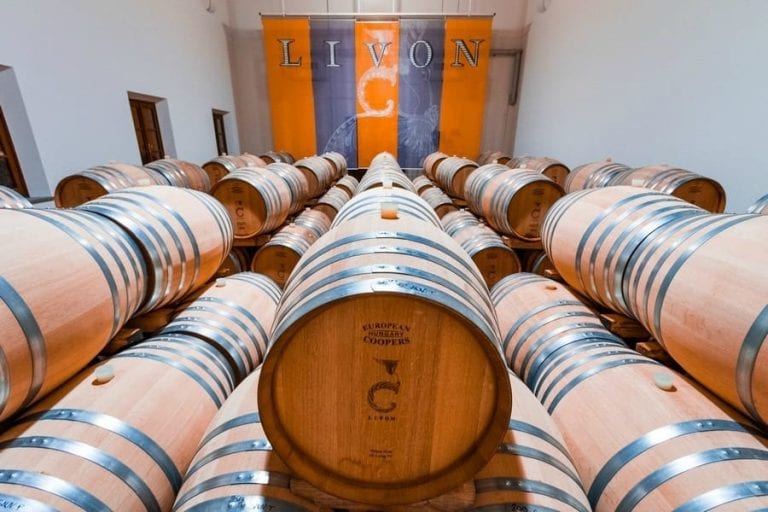

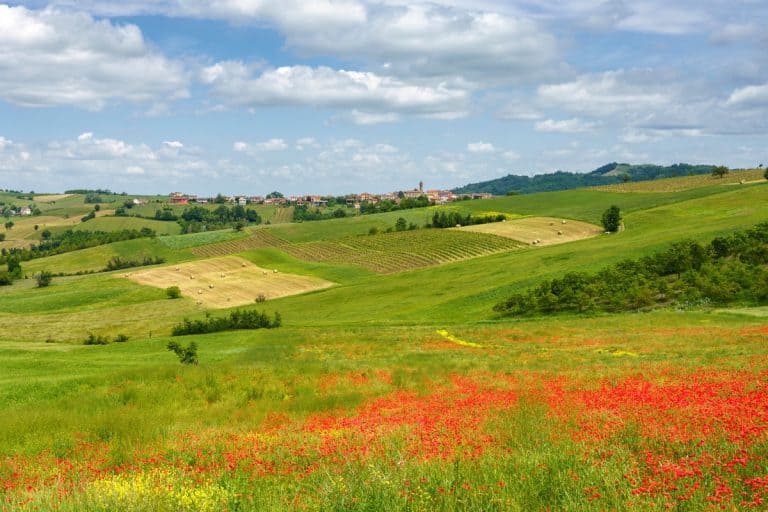 Timorasso: the red wine dressed as white from the Colli Tortonesi. Here are the 16 best labels
Timorasso: the red wine dressed as white from the Colli Tortonesi. Here are the 16 best labels It’s official: China joins the International Organisation of Vine and Wine
It’s official: China joins the International Organisation of Vine and Wine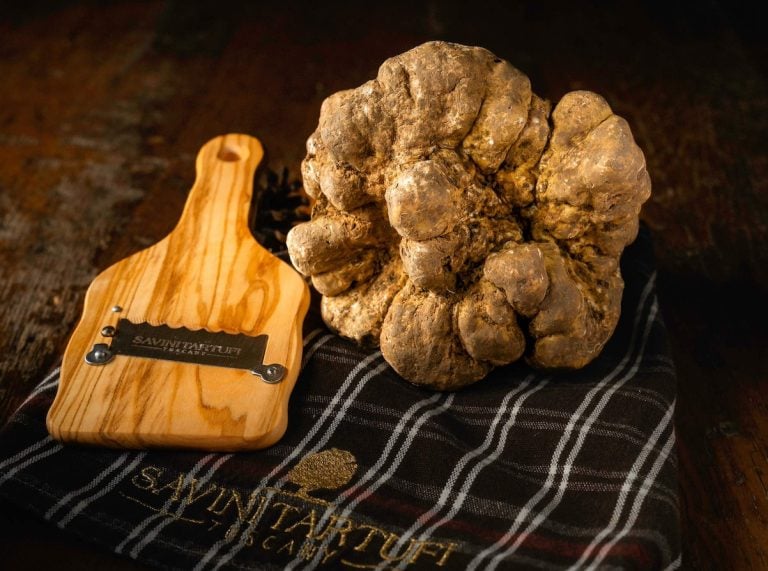 How and where to buy white truffle from Alba at a fair price: tips from an expert
How and where to buy white truffle from Alba at a fair price: tips from an expert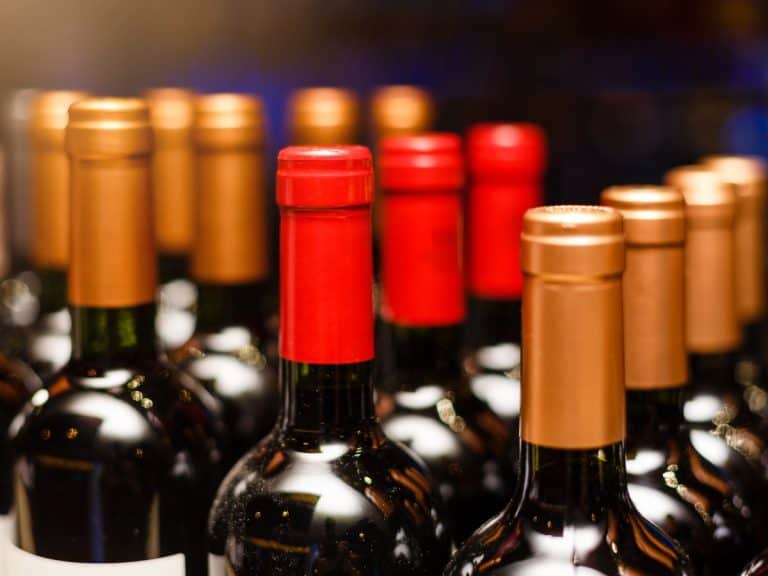 The Italian wines with the best value for money: here are the National awards from Berebene 2025 guide
The Italian wines with the best value for money: here are the National awards from Berebene 2025 guide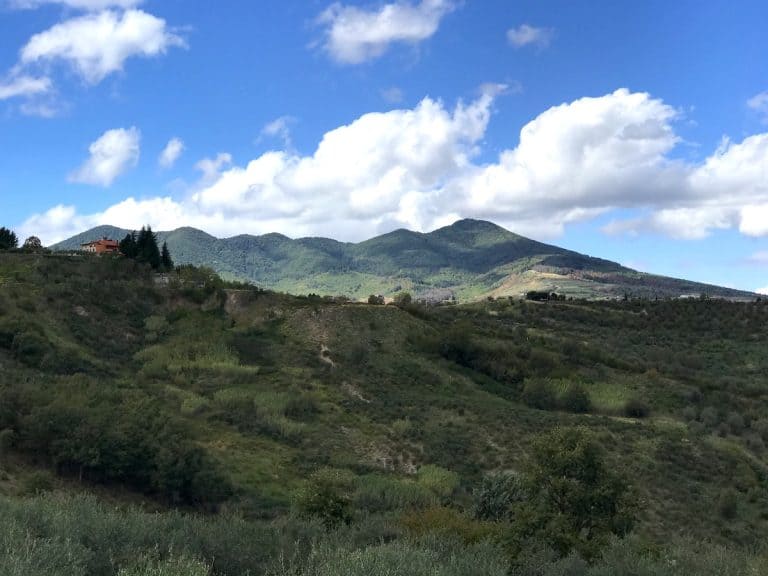 Where to eat in Venosa, the home of Aglianico del Vulture
Where to eat in Venosa, the home of Aglianico del Vulture